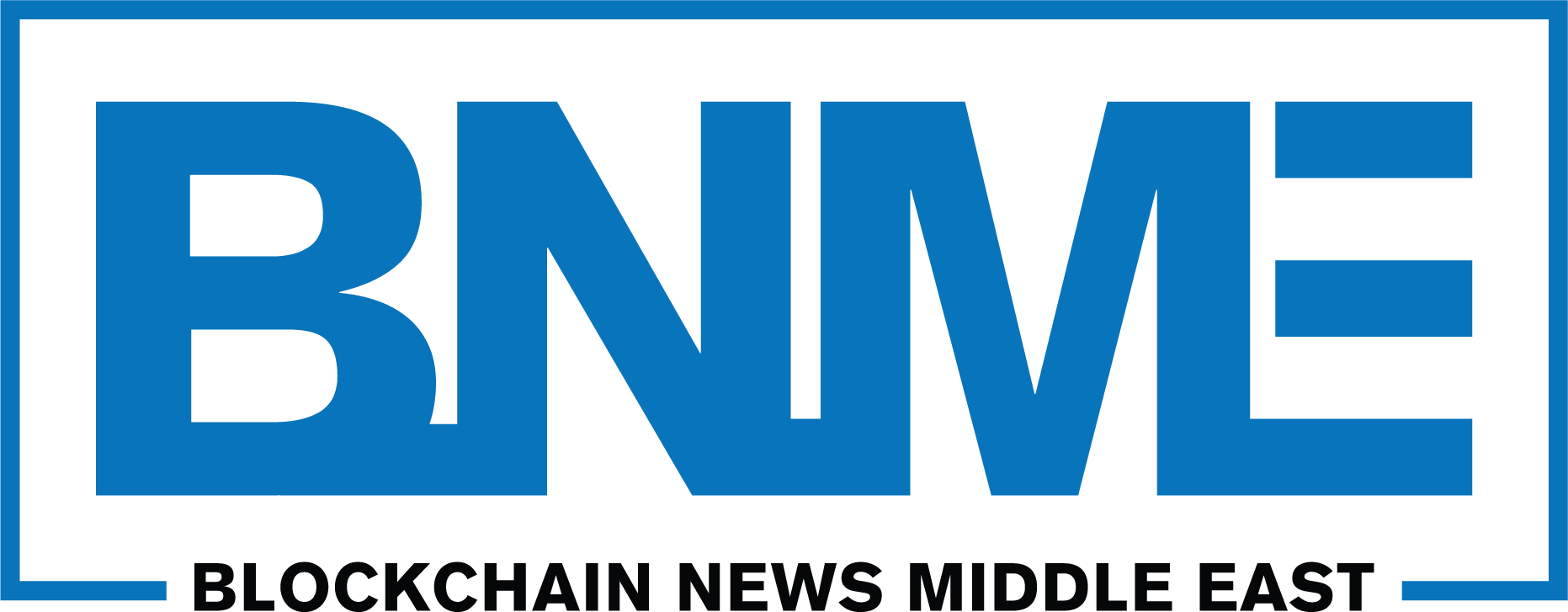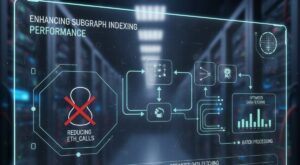The next evolution of the internet is here — and it’s being built on the foundations of blockchain and decentralization. Known as Web 3.0, this new digital era is reshaping how we use, own, and interact with online platforms. Unlike the centralized structure of Web 2.0, where tech giants control data and services, Web 3.0 empowers users by offering transparency, security, and control through decentralized technologies.
The Foundations of Web 3.0
At the heart of Web 3.0 is blockchain technology, a digital ledger that securely records transactions across a distributed network. Unlike traditional systems, blockchain ensures that data is immutable, transparent, and tamper-proof. This is a game-changer for everything from online identities to financial systems.
Building on blockchain’s infrastructure are decentralized applications (dApps) — software programs that run on peer-to-peer networks rather than centralized servers. These apps are designed to eliminate middlemen, reduce costs, and return power to the end user. Another critical component is smart contracts, which automate transactions based on pre-defined rules, removing the need for third-party oversight.
DeFi, NFTs, and the Expansion of Digital Ownership
One of Web 3.0’s biggest breakthroughs is in the field of Decentralized Finance (DeFi). DeFi platforms allow users to lend, borrow, and earn interest on digital assets without going through banks or traditional financial institutions. This opens up access to financial services for anyone with an internet connection.
Meanwhile, Non-Fungible Tokens (NFTs) have revolutionized digital ownership by allowing users to buy and sell unique digital assets — from artwork and music to real estate and in-game items. NFTs give creators more control over their content and earnings, disrupting traditional media and entertainment models.
Web 3.0 vs Web 2.0: A Fundamental Shift
Web 2.0, the current state of the internet, is dominated by centralized platforms like Google, Facebook, and Amazon. These companies collect vast amounts of user data, often monetizing it through targeted ads. In contrast, Web 3.0 aims to return data ownership to individuals, allowing them to control who can access and profit from their information.
Through decentralized identity solutions, users can create and manage their digital identities without relying on third-party services. This leads to better privacy, less surveillance, and a more ethical online experience.
Industry Use Cases and Emerging Applications
Web 3.0 is not just a buzzword; it’s already being applied across multiple industries. In social media, blockchain-based platforms offer content creators a share of the revenue they generate, unlike traditional platforms where profits go primarily to the host company.
In the gaming industry, Web 3.0 enables players to truly own in-game assets. These assets can be traded, sold, or even used in other games — a concept known as interoperability. Additionally, supply chain management is benefiting from blockchain’s traceability, which allows businesses to track goods in real time and verify their authenticity.
Challenges Slowing Down Adoption
Despite its promise, Web 3.0 is still in its early stages and faces several barriers. Scalability remains a major challenge, with many blockchain networks struggling to process high volumes of transactions efficiently. User experience is another hurdle, as many dApps require technical knowledge to use effectively.
Regulatory uncertainty also looms large, with governments still figuring out how to govern decentralized technologies. Security is another concern, particularly around smart contracts, which can be vulnerable to bugs and exploits.
AI and Tools for Web 3.0 Research
As the Web 3.0 ecosystem grows, tools to analyze and understand it are evolving as well. Platforms like Token Metrics help investors evaluate the potential of new projects using data-driven insights. At the same time, Artificial Intelligence (AI) is being used to detect patterns, assess blockchain activity, and provide users with actionable information.
For newcomers, the best approach is to start by understanding blockchain basics, exploring reputable Web 3.0 projects, and gradually engaging with dApps to gain firsthand experience.
Conclusion: A New Digital Frontier
Web 3.0 is more than a technological upgrade — it’s a paradigm shift in how we experience the internet. By prioritizing decentralization, transparency, and user empowerment, it holds the potential to make the digital world more equitable and efficient. However, for this vision to be fully realized, ongoing innovation, regulation, and user education are critical.




























